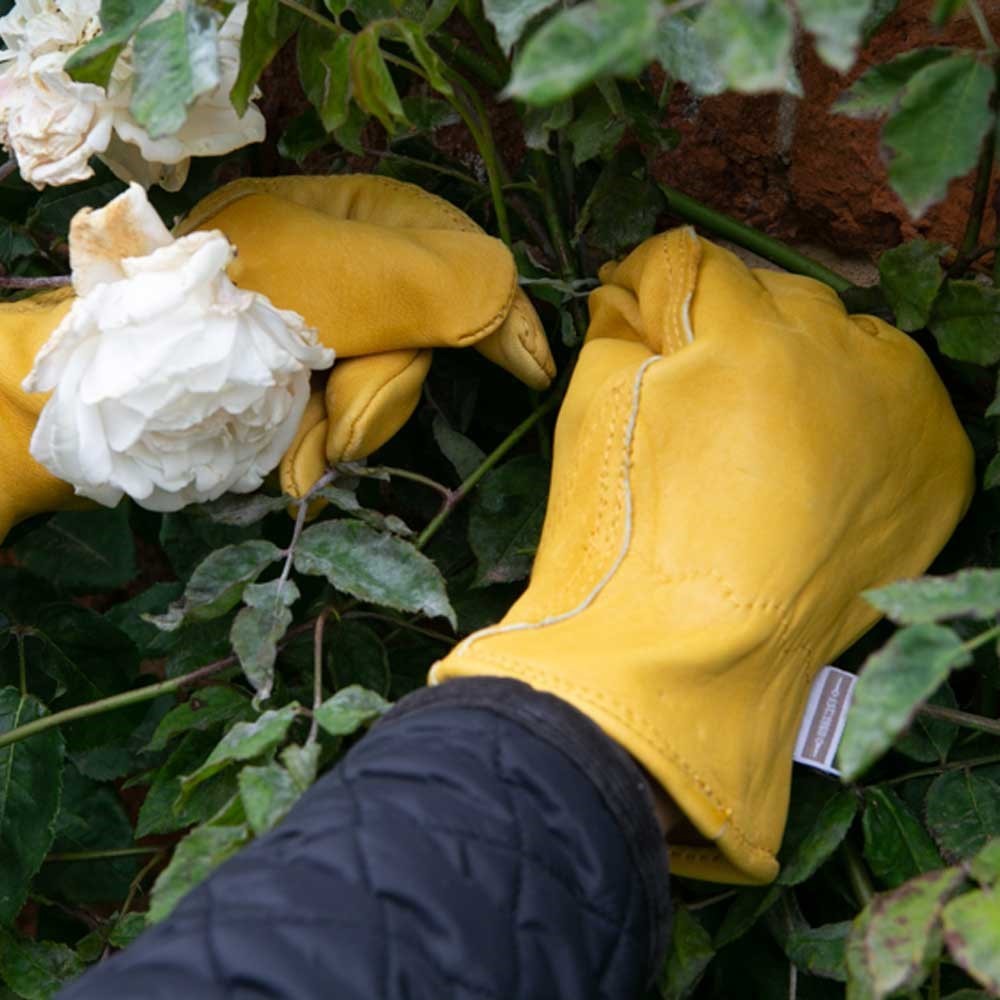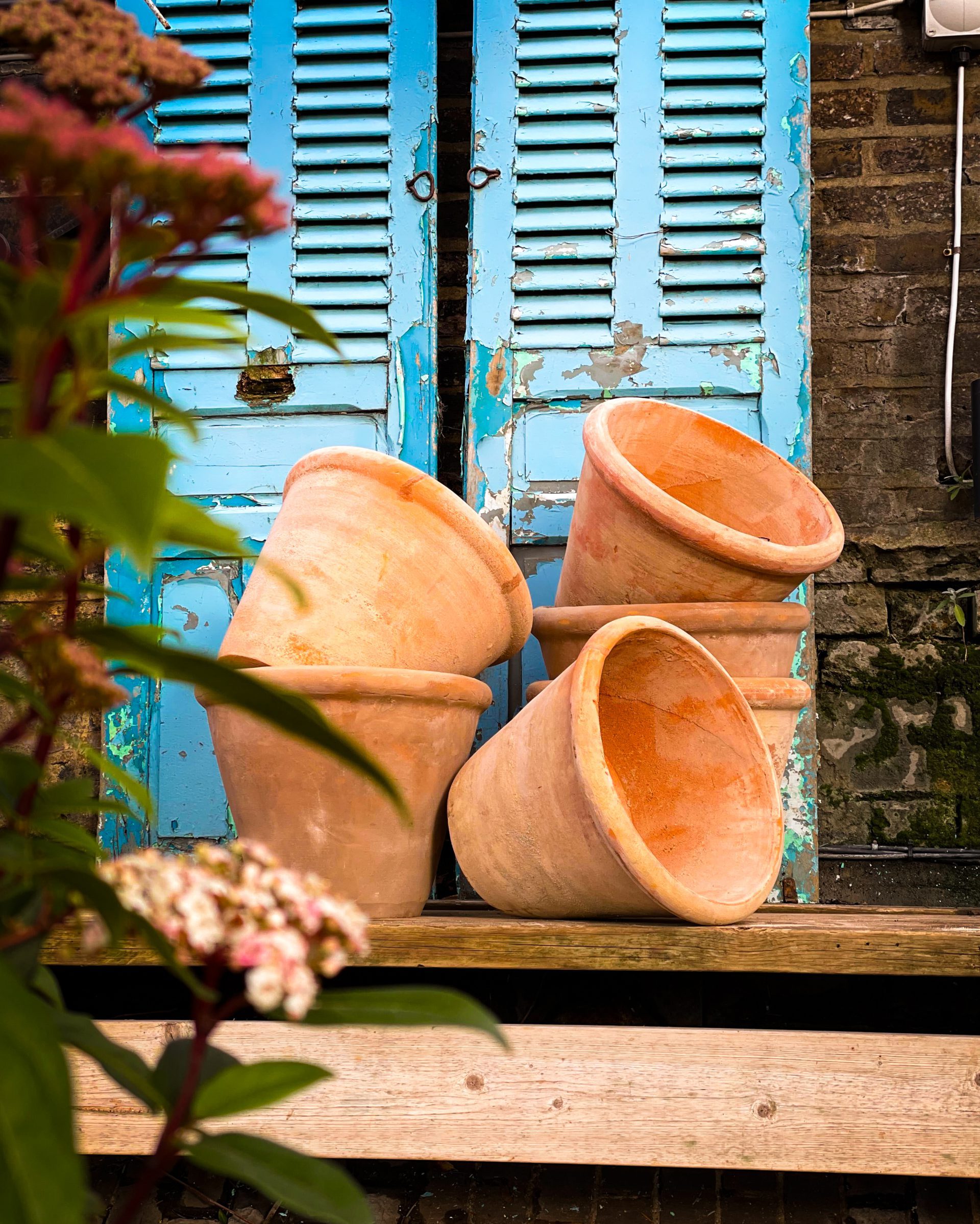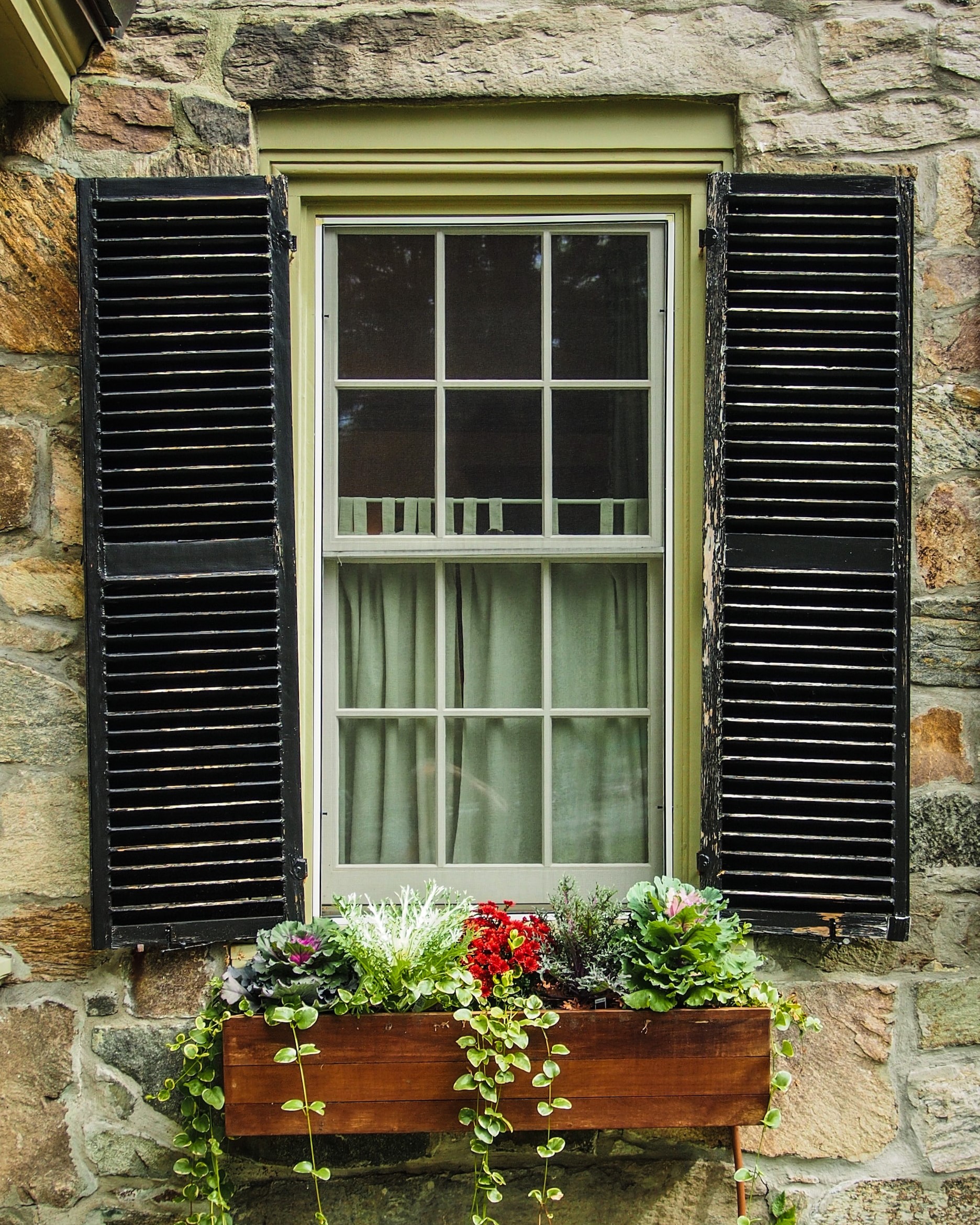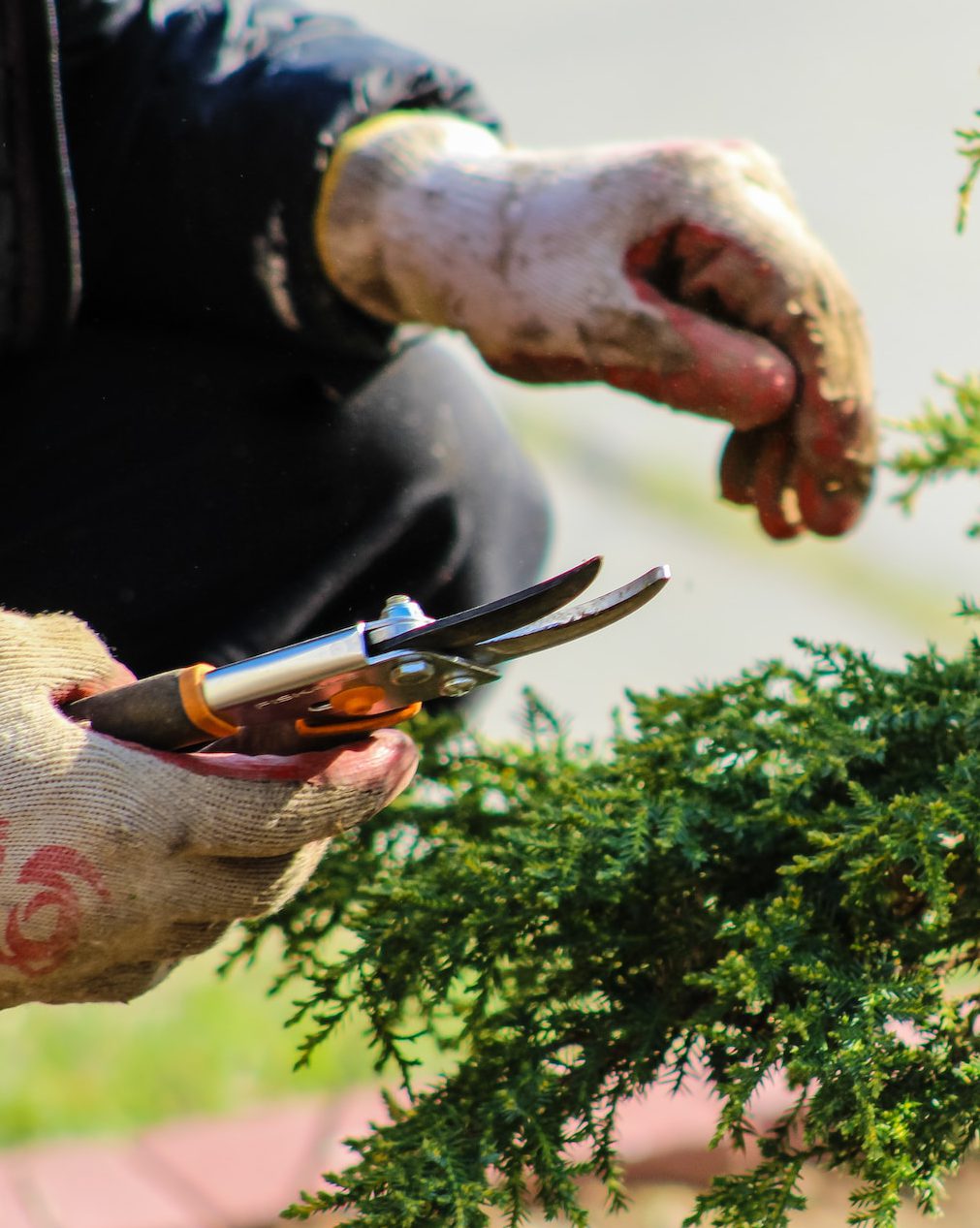
Eleanor Clarke
GARDEN DESIGN
January is a Great Time to Design Your Garden
When the trees are stripped back to silhouettes and it’s all looking a bit bare, it’s the ideal time to assess and make plans for spring – and get some serious design vibes going in your garden.
You might not think your garden is ‘designed’, but there’s an element of design to every space, even if it’s unintentional. We place new purchases where we think they’ll look good, where they’ll be noticed, not just where there’s an empty space.
Because we don’t live in our gardens as we do our living rooms, they can sometimes seem a bit alien. Unchartered territory even. So thinking of how to set them out can get us in a headspin. But many of the basic principles of interior design work outdoors too. Here are a few to get started.
Give things space
You wouldn’t ram all your furniture right up against the living room walls. In the same way, a garden that’s lawn surrounded by rectangular flowerbeds is rarely inviting. Be daring and dig out a flowerbed (or two) perpendicular to one of your side fences, right next to the house or patio even – it’ll break up the space and make it much more interesting.
Think about balance
If you can see your garden from an upstairs window, take a look at the tall, bulky elements like trees, large shrubs, sheds and so on. If they’re all grouped together on one side or in one corner, the garden’s going to feel lopsided. While you can’t move trees around as you can armchairs, you can earmark where your next big garden purchases will work best, balancing out the space.
Find your focus
When you walk into a room, there’s usually an object or a piece of furniture that instantly draws the eye. Gardens need statement pieces too. Focal points like a beautifully shaped tree, a handsome urn, a big planter full of colour, or a colourful shed are the pause points for the eye as it travels round the space. They make the visual journey exciting, and work even in the smallest of gardens.
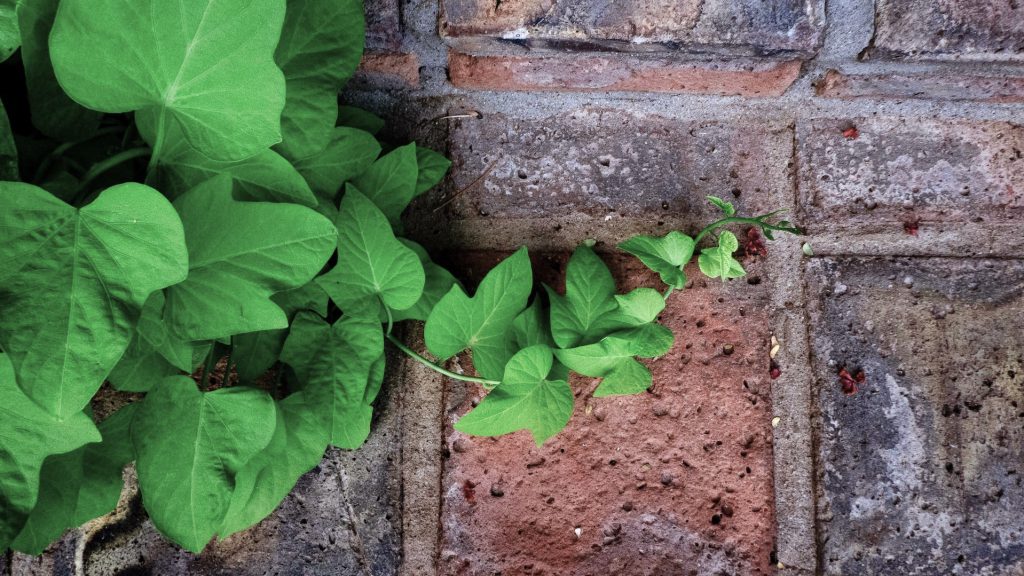
Make the practicalities work
Paths, patios, lawns and fences can all bring challenges. But if they’re not working, there’s usually a fix. Like a massive overstuffed sofa in a teeny living room, scale is important. Think about extending the patio if you can’t fit your table and chairs on it comfortably. Lay stepping stones in a lawn if it’s bald and muddy where you go back and forth to the shed. Use paint creatively on fences and sheds: deep green or dark grey are recessive, making structures fade away and your garden look bigger, while black is a sophisticated, bold backdrop to architectural plants or colourful flowers. It’s often better to use bright colours sparingly outside, unless you’re going all out with a theme – although, like a feature wall behind a statement lamp or chair, a little creativity can give your garden a near-instant lift.
Finally, make a plan
Do it to scale using exact measurements and a scale ruler if you want to get professional, or take a photo from an upstairs window and use it to play around with on your phone, plotting in new trees, shrubs, focal points and so on. It’ll make all the difference.
Read more:
GARDEN DESIGN
GARDEN DESIGN
Shop from this story:
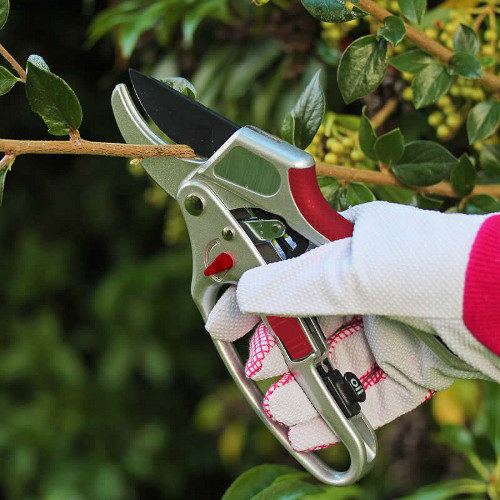
Garden Tools
